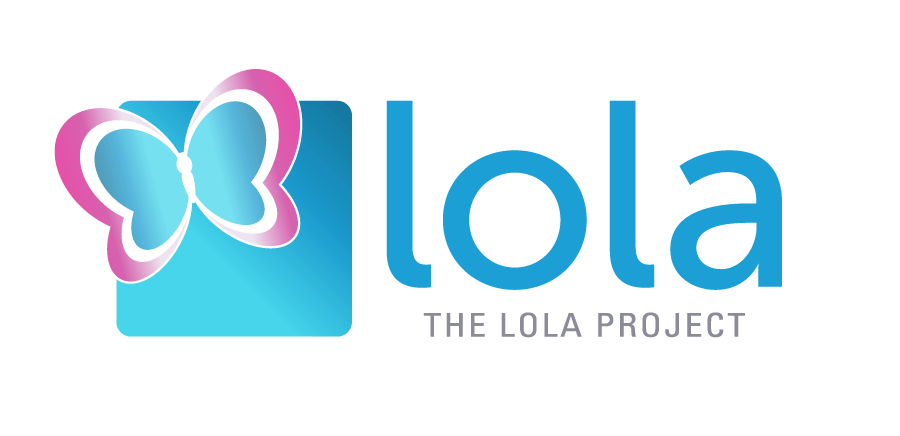General Exercise
We at LOLA know that moving around after any pregnancy and birth can sometimes be difficult. And when you are coping with the loss of your baby, your own physical recovery may be the last thing on your mind. But when you are ready, becoming more physically fit is likely to help you not only to be more physically strong, but also more emotionally strong too.
Being ready for movement is important: with any exercise or movement you choose to try after delivering your baby, it is important to start slow, build gradually and listen to your body: people recover their physical fitness after pregnancy and childbirth at different rates. This information is general in nature and only intended to be a guide to some of the things you may do; you will need to consider it in line with your own body’s needs and make decisions that are right for you to avoid any injury. Always take care to start slowly and increase only gradually and with the advice of anyone taking care of your well being. Don’t over do it, be sure to pace yourself, and accept offers of help, too. Be sure to make time to rest, too.
Walking
Walking is generally a good exercise to begin with and being out of bed and walking around will aid your physical recovery (unless you have been told otherwise). Walking as exercise, provided it is at a comfortable pace and you are not in pain at any time doing so, may be a good way to begin your physical recovery. As a starting point, gradually increase the time and pace of your walking every day during the first 6 weeks.
Swimming
Most women are able to start swimming once they have had 7 consecutive days clear from vaginal bleeding/discharge after a delivery. If you have had stitches for any reason, it may be sensible to wait and it is best to check with your GP as to when you are safely able to swim. Once you get the go-ahead, a gentle swimming routine, at a comfortable pace and with no pain, may be a good way to begin your physical recovery. As with walking, gradually increase the time and pace of your swimming.
Movement
Why Movement Matters
Movement in the Early Days
This is a short, 12 minute sequence of gentle movements (that you can do at any time post-delivery) to bring back an awareness within your body.
It will also promote your circulation which will energise and aid repair in these very early days. It may also be something to help relax the mind and ease tensions if you need help sleeping. You can do this anywhere quiet and comfortable (for example in bed, on an exercise mat or on carpeted floor).
Movement for Strengthening
This routine is designed to release tensions in shoulders, neck and rib cage, realign the pelvis and spine, activate the deep core and help you to gradually increase strength.
Here, Helen explains why you should only attempt this routine after you have been signed off by your GP, and how it is designed to bring you back to having some sense of free movement and physical strength and wellbeing.
This 45 minute sequence is designed to give you some ideas to get your moving and all of them are designed to make you feel good - none of them should feel difficult. If there is pain then stop immediately - none should require any strain. The exercises provided here are designed to be effective by re-aligning the body, allowing your body to move better all day and to help you re-gain strength and mobility, naturally.
This routine is only suitable after your GP has given you the go ahead for exercise. Please go at your own pace; maybe you have had that GP sign-off but are still feeling physically fragile or exhausted. It is important for you to remember it is your body and your recovery at your pace that will work best. Your body may feel and respond differently to exercise compared with what you are used to. Everyone is different so it’s only your experience that matters, it’s how you feel and your body responds that’s important.
Try not to just follow the instructions (which is tempting when you are exhausted) but pause, work out where you need the extra time, where you need the extra emphasis, the deeper concentration, the slight re-adjustments.
If you are starting back to exercising at this stage it might be helpful to work through the early days sequence at least once before you embark on this routine to check-in with your body. Or, if you may just wish to use the early days sequence as a warm up.
WARNING: contra-indications:
· Please only exercise once your GP has confirmed you are fit to do so.
· If you feel any discomfort or pain when moving, especially round the hips, pelvis or back then stop immediately and go back to your GP.
· Do not do any of the bridging sequence until all bleeding has stopped.
· If you have any separation of the pubic bone then do not do any lateral movements of the legs.
Yoga & Pilates
Post-natal yoga and Pilates can also aid your physical and emotional recovery after experiencing baby loss. Yoga and Pilates classes of varying lengths and types which have been designed specifically for post-natal mums who are grieving after the loss of their babies, are available under the yoga and Pilates tabs on this website. They are free for you to download and do in the privacy of your own home.
